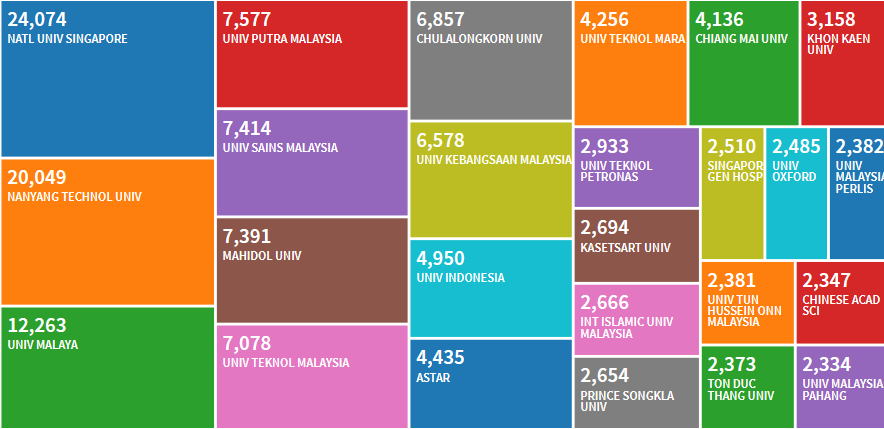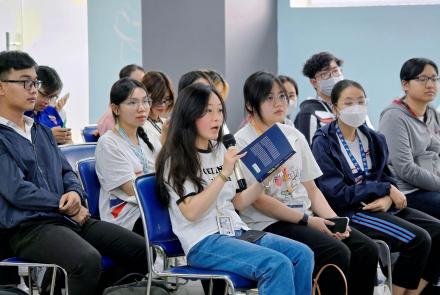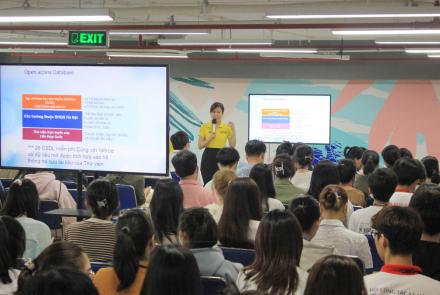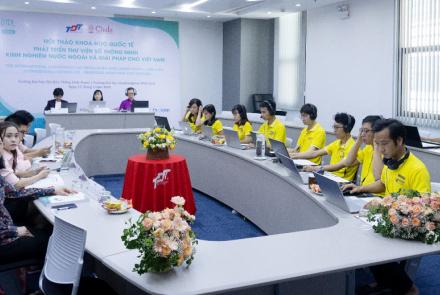Top Universities in ASEAN Countries
Web of Science (WoS, Clarivate, USA), Statistical database of scientific research articles published in the world's leading prestigious journals (often referred as ISI) has just released the results of the latest 3-year science and technology from 2016 to 2018 for countries and regions in the world. In Southeast Asia (ASEAN) region, the universities of Singapore, Malaysia and Thailand are almost "dominating".
Among the top 25 universities and research institutes in ASEAN and in addition to 04 non-university organizations, there are 21 universities of the entire region that have been ranked on top. The top 2 universities in ASEAN countries are belonging to Singapore with Singapore National University ranked No. 1, and Nan Yang Technological University ranked 2nd. The next 3 positions belong to 3 universities in Malaysia such as University of Malaya, University of Putra Malaysia and University of Sains Malaysia, respectively. It is important to mention that in ASEAN’s TOP 25 institutions of scientific research, Malaysia has 11 universities; Thailand has 6 universities. Among 6 universities in Thailand, Mahidol University is leading and has been ranked No.6 in TOP 25.
Singapore, Malaysia and Thailand hence have 19 universities among the top 21 universities in ASEAN countries according to WoS. Malaysian universities account for more than 50% of the region's top universities.
For two countries Indonesia and Vietnam, each country contributes 1 university to this TOP 25. The sole representative of Vietnam in TOP 25 universities of regional countries is Ton Duc Thang University (TDTU) at the 20th position. In the 3-year period, TDTU published 2,373 ISI articles, and also with this achievement, TDTU has been ranked 1422nd in the world by URAP, a prestigious world university ranking organization. The fact that a representative of Vietnam in the Top 25 universities and scientific research institutions of ASEAN countries is very praiseworthy for Vietnam's education system at the beginning of the new year 2019. This achievement is proving that the policy of higher education renovation of the Party and Government in recent years has been effective, especially the policy of university autonomy.
The table below shows that there are many things worthy of thinking about. 1) TOP 25 of these leading scientific and technological institutions belong to 5 ASEAN countries (Singapore, Malaysia, Thailand, Indonesia, Vietnam, respectively); the remaining 5 countries (Myanmar, Philippines, Brunei, Laos, Cambodia) do not have any representatives in the table. This ranking also confirms that scientific, technological and educational achievements are a direct reflection of the socio-economic achievements as well as the speed of development of each country in the region. In other words, it means that the socio-economic achievements or overall speed of development of the country have a clear reciprocal relationship with the achievements in education and science and technology. 2) Although the representative of Vietnam (TDTU) has a total of 2,373 science and technology publications on ISI and has been ranked 20th in the top 21 universities and ranked 23rd among ASEAN’s TOP 25institutions of science and technology in the past 3-year period, the above figure is 10.14 times lower than National University of Singapore (NUS). It takes at least 7 to 10 years for TDTU with a hope to catch up with NUS provided that it still keeps growing similar to the past 12 years. 3) Except for the three strong educational, scientific and technological institutions, NUS, Nan Yang Technological University, and University of Malaya, other institutions have about 6,000 to over 7,000 articles for publications on ISI journals within three years; or about 2,000 to 2,500 articles per year. TDTU with over 1,000 publications for the year of 2018 (and target at least 1,400 articles in the year 2019) would be possible to catch up with these institutions in the next 3 to 5 years. However, the vast majority of other educational, scientific and technological institutions of Vietnam with the level of science and technology creation and new knowledge in the range of 100 to 400 ISI articles per year are almost impossible to enter this table within the next 10 to 15 years.
This fact is worth thinking about and also worrisome for the Vietnamese higher education sectors and science-technology institutions.
Below is the data extracted from WoS:

- Log in to post comments





